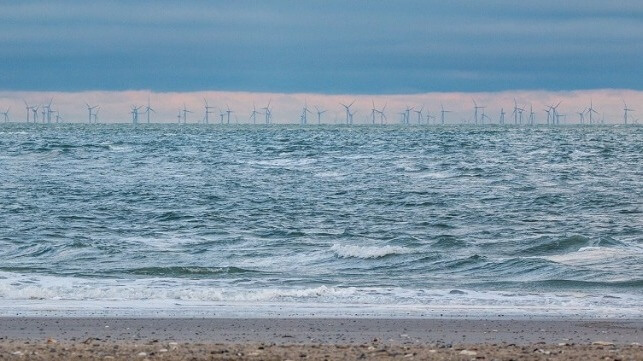Ireland Partners With EIB for Development of Offshore Wind Ports

The European Investment Bank (EIB) has teamed up with the Irish government to support development of port infrastructure for offshore wind projects. Through a cooperation agreement signed last week, EIB will partner with the Irish Department of Transport to assess capacity and demand for wind port infrastructure.
Ireland is opening up its vast coastline for offshore wind projects, and the Irish government wants to install around 5 GW of offshore wind by 2030. The long-term goal is reaching 37 GW by 2050, which would require $33 billion in investment for offshore renewable energy projects in Irish waters.
However, Ireland currently do not have port facilities with the capacity required to support large-scale offshore wind projects. Under the EIB agreement, the goal is to provide project-level advisory to five ports, which could be upgraded into energy hubs. When developed, these ports will facilitate the development, construction and long-term operation and maintenance of offshore wind projects. In addition, EIB and the Department of Transport will assess both the expected costs for the infrastructure upgrade and the most viable financing strategies.
“Ireland’s offshore wind potential is immense, and we are addressing the critical infrastructure needs at our ports. This cooperation with EIB is a vital step towards ensuring that our ports can support the ambitious offshore wind projects for our sustainable energy future,” said Eamon Ryan, the Irish Minister for the Environment, Climate and Transport.
In 2023, Ireland held its first offshore wind auction (ORESS 1), and four projects were selected with a combined capacity around 3.1 GW. These include the 1.3 GW Codling Wind Park, the 824 MW Dublin Array, the 500 GW North Irish Sea Array and the 450 MW Sceirde Rocks project.
The first round of the phase two auction (ORESS 2.1) is scheduled for later this year. It will deliver around 900 MW capacity, primarily for projects focusing on the south coast of Ireland.
No comments:
Post a Comment